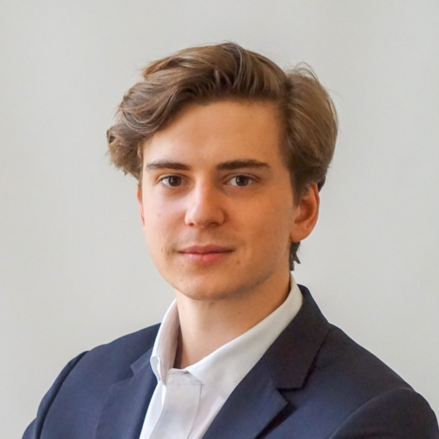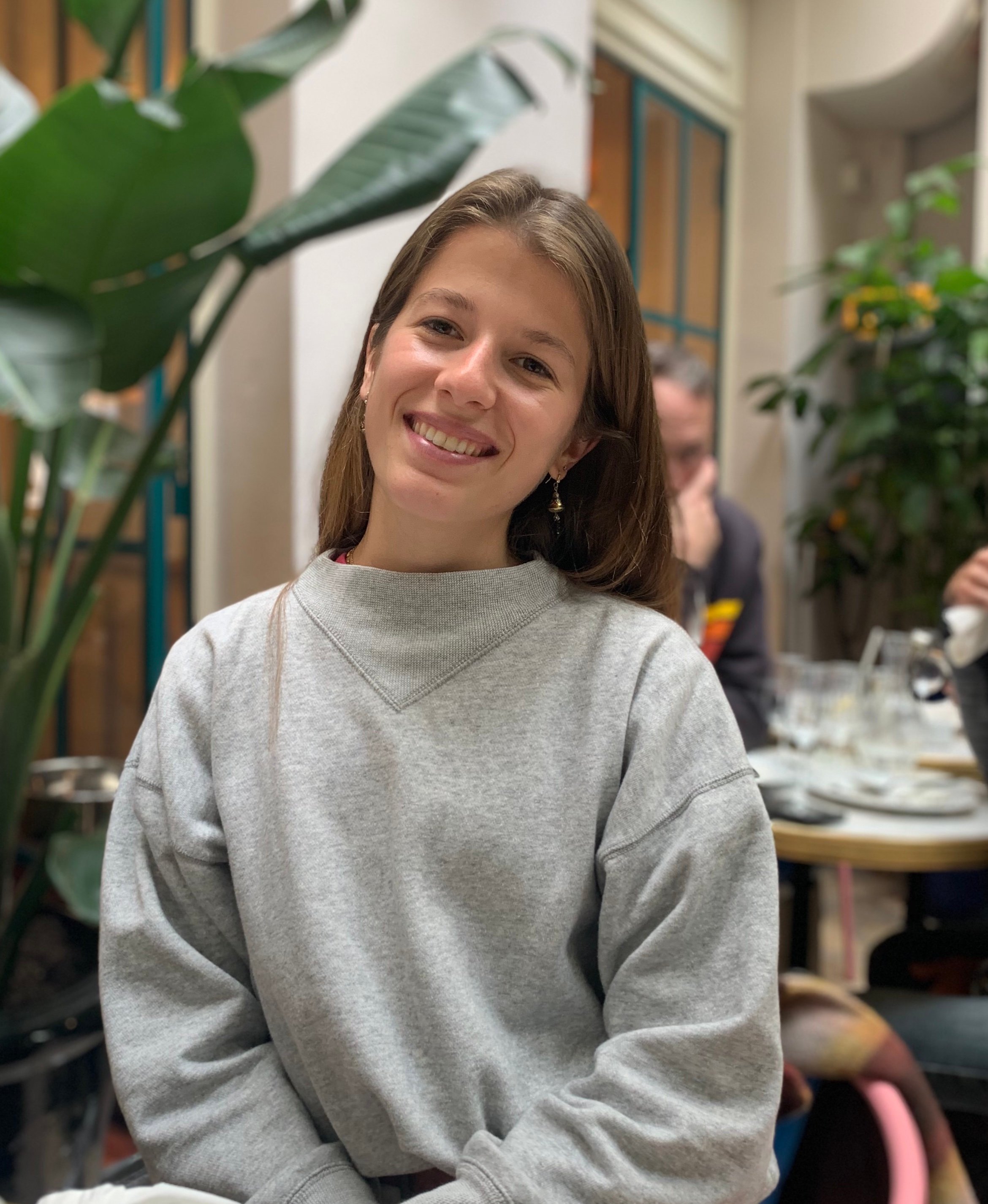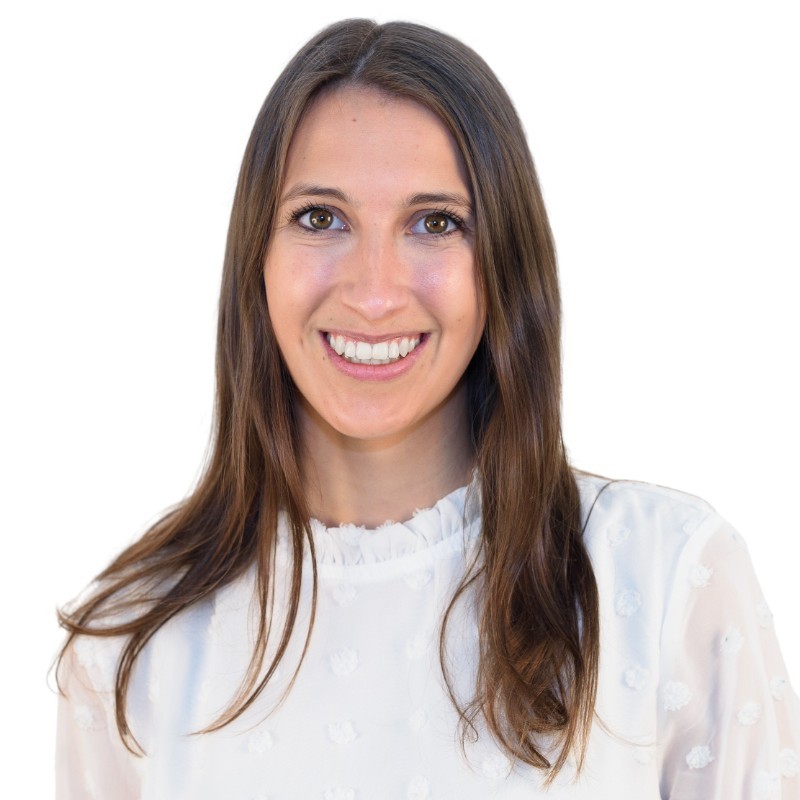INSEAD is the institution with the strongest culture I’ve ever seen. Talking to alumni helps you get a sense on whether you want to belong among this excellence-driven and international community.
Louis Gautier

Tell us about yourself, and how you go to where you are today both on a professional and personal level?
I’ve always been passionate about entrepreneurship and finance. After having pursued a Master 1 in Finance at PSL-Dauphine University, I decided to combine both these topics during a gap year where I interned in an Investment Banking boutique and a scale-up.
Then, the MIM at INSEAD really helped me to catalyse my prior experiences and reach my goals of starting my career in a top-tier growth equity fund in Europe.
What made you decide you wanted to pursue the INSEAD MIM, and why INSEAD in particular?
As I pursued my prior curriculum in the finance field, I felt the need to enlarge my horizons through a MIM.
After a thorough market study, I knew I wanted to go to INSEAD, as I felt that the culture was intense, the community was the most proactive, and all within a global environment of excellence.
I tried to apply as early as possible in Round 1, in order to still have time to be able to apply to other three letters schools (LBS, HEC) if I got rejected.
Can you tell us more about any similarities or difference between the Singapore and Fontainebleau campuses? Any helpful tips/anecdotes on living in Fonty/living in Singapore?
The Fontainebleau campus really embodies the spirit of INSEAD: all students, faculty and staff live in a small area, and share a unique and common experience. In that view, I do have to say I preferred the Fonty time for its quaintness: these were blessed months.
In Singapore, it is very different as the city is much larger, there is more room for people to go elsewhere and move around; in addition to this the Singapore period occurred at the end of the academic year, and it was thus a more intense time for all those still trying to find jobs.
At the end, both campuses represent INSEAD in a different way, with two distinct energies.
Did you have any expectations before you started the MIM, and did you speak to any alumni before joining the programme?
I had a lot of expectations before starting the MIM: it was thus important for me to reach out to alumni, especially during my undergraduate studies, in order to get tips on how to make the most from the year.
Also, while I was very excited in my wait for the programme to start, it was a pleasure to be able to network and exchange with current MIMs and get a glimpse of what I will experience a year later.
Could you tell us about your experience with the Career Development Centre?
I had very good experiences with the CDC since the beginning.
My coach helped me to identify my goals and what I liked, while all the industry-expert coaches were always there when I wanted to know more about a specific industry or geography.
I think it is quite helpful to already have an idea of what you want to do, yet the secret is to stay open-minded and curious about positions you would not have thought of by yourself, thanks to the CDC.
What advice will you give to prospects who are still considering whether an INSEAD MIM should be part of their career plan?
My best advice would be to reach out and speak to as many alumni as possible and get feedback from all their personal experiences.
NSEAD is the institution with the strongest culture I’ve ever seen. Talking to alumni helps you get a sense on whether you want to belong among this excellence-driven and international community.
The market for MIMs is currently tough and competitive, and I feel that immersing yourself within each one of your favourite programmes through networking or summer schools is the best way to help you decide.
I am always happy to have a chat about INSEAD MIM opportunities.




